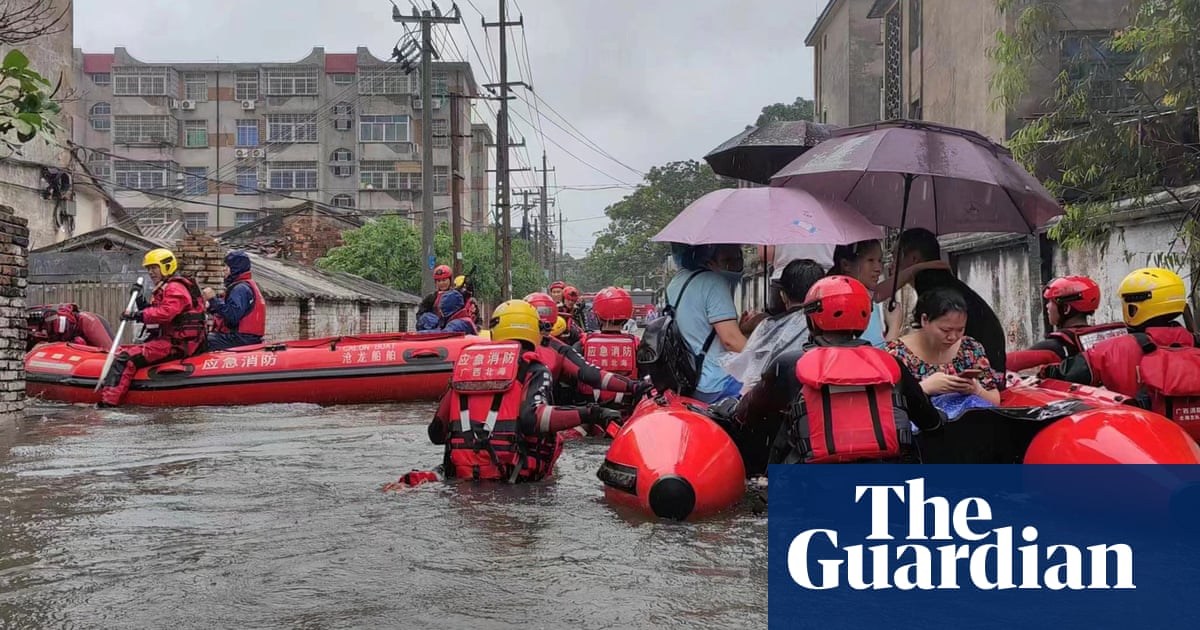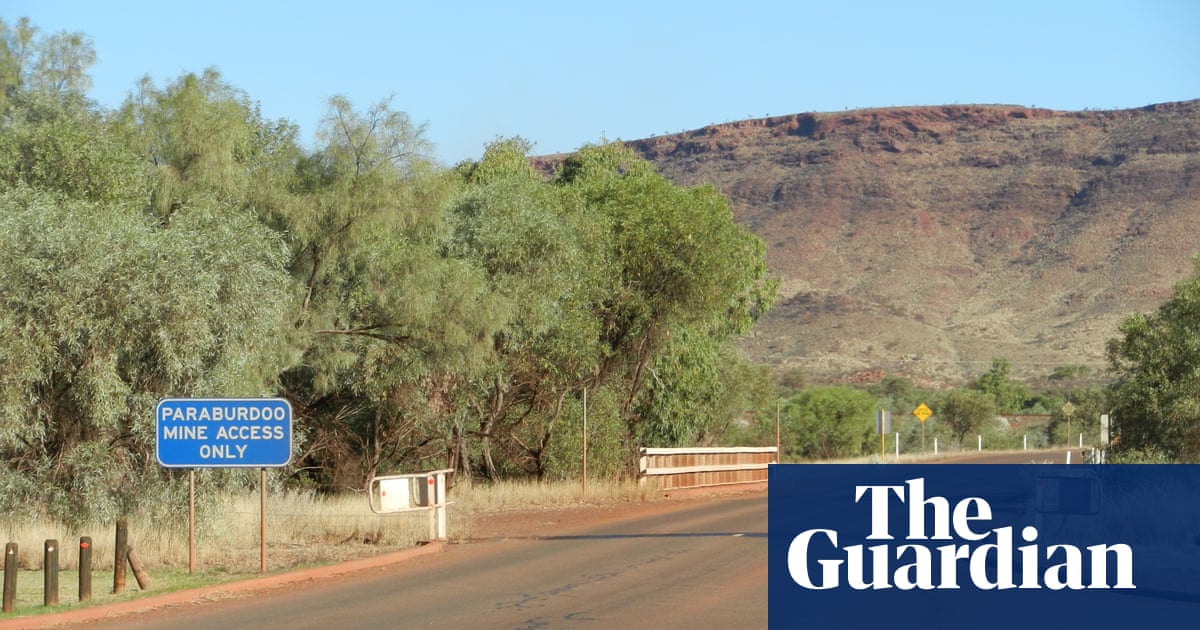
The summer of 2021 is already shaping up to be one for the record books, with much of the American west gripped by historic heatwaves, extreme drought, and the threat of large wildfires that have already begun to burn across the region. The crisis has also extended into Canada, with temperatures in British Columbia soaring to 118F (46.6C) on Monday, shattering records for the area where few are set up for such intense heat.
Experts and officials fear that the catastrophic conditions, fueled by the climate crisis, will only get worse through the coming months.
This week an unprecedented and dangerous heatwave scorched the Pacific north-west, obliterating records set just the day before.
Seattle hit 108F (42C) by evening – well above Sunday’s all-time high of 104F (40C). Portland, Oregon, reached 115F (46C) after hitting new records of 108F (42C) on Saturday and 112F (44C) on Sunday.
“This is the beginning of a permanent emergency,” said Washington’s governor, Jay Inslee, during an interview on MSNBC. “We have to tackle the source of this problem, which is climate change.”
The heatwave, caused by what meteorologists described as a dome of high pressure, extends from California up through areas in Canada’s Arctic territories and was worsened by the human-caused climate crisis.
Zeke Hausfather, a scientist at the climate-data non-profit Berkeley Earth, said the Pacific north-west had warmed by about 3F (1.7C) in the past half-century. Noting that this would still have been an extreme heatwave without the additional warming, he said: “This is worse than the same event would have been 50 years ago.”
The blistering heat hinted at the greater costs of climate breakdown to come. Blackouts were reported throughout the region as people trying to keep cool with fans and air conditioners strained the power grid.
The heat forced schools and businesses to close to protect workers and guests, including places such as outdoor pools and ice-cream shops where people seek relief from the heat. Covid-19 testing sites and mobile vaccination units were out of service.
In Portland, light rail and street car service was suspended as power cables melted and electricity demand surged. Heat-related expansion caused road pavement to buckle or pop loose in many areas, including on I5 in Seattle. Workers in tanker trucks in Seattle were hosing down drawbridges with water at least twice a day to prevent the steel from expanding in the heat and interfering with their opening and closing mechanisms.
The Democratic senator Maria Cantwell said the heat illustrated an urgent need for the federal infrastructure package to promote clean energy, cut greenhouse gas emissions and protect people from extreme heat.
“Washington state was not built for triple-digit temperatures,” she said.
To the north in Canada, officials in the city of Burnaby just east of Vancouver, reported that more than two dozen people succumbed to the heat in just 24 hours. Heat warnings have been issued across the region, cautioning the most vulnerable – especially seniors, young children, pregnant women, and those with illnesses – to stay hydrated and indoors. Many people don’t have air conditioning and residents are reportedly flooding department stores trying to purchase fans and cooling systems that are already in short supply.
“This heatwave poses a significant threat to British Columbians, particularly seniors, children and the most vulnerable members of society. Climate change is a public health emergency and we need to treat it like one,” Sonia Furstenau, the leader of the Green party of British Columbia, tweeted on Monday.
Extreme heat, which was also felt across California and states in the south-west in recent weeks, has accelerated already devastating drought conditions, baking moisture out of the parched environment and intensifying the risks of wildfires.
More than 58.4 million people live in areas affected by the drought, according to the US Drought Monitor, and a record 49.7% of the west is now in the highest categories of “extreme” and “exceptional” drought levels.
“The drought situation in the western United States continued to worsen after another mostly hot and dry week,” the agency said in its most recent update, released last week. “Wildfires and increasing wildfire danger, water restrictions, and damage to agriculture are very common across the west region.”
Large fires are already burning, exhausting resources across the region much earlier than in previous years. Forty-eight large fires have burned more than 661,400 acres across 12 states, as “wildland fire personnel continue to deal with extreme temperatures and very dry fuels across the western states”, the National Interagency Fire Center reports. In Arizona alone, 17 fires are still uncontained.
In California, the fire season is outpacing last year, when the state set a new record of roughly 4.1m acres burned. Firefighters are facing hot, dry, conditions and battling three large fires in Kern, Siskiyou, and San Bernardino counties.
The Lava Fire, the largest burning in California, started by lightning in the Shasta-Trinity national forest, exploded overnight and by Tuesday morning had torched more than 13,300 acres. It is 20% contained, and evacuation orders have been issued for thousands of residents who live and work in communities near Weed, California, close to the Oregon border. The National Weather Service has issued red flag warnings for the area, as officials brace for gusty winds and low humidity that could complicate containment efforts.
Forest service officials told reporters in a briefing on Monday night that air tankers and helicopters had to be grounded through the afternoon due to the powerful winds.
“We had a rough four or five hours there not being able to fly,” said Steve Watkins, incident commander.
California’s governor, Gavin Newsom, secured support from the Federal Emergency Management Agency (Fema) to help with costs to suppress the fire on Tuesday. Officials said the fire was expected to spread.
“The wind is beginning to pick up again and it’s going to be another hot day,” said the public information officer for the incident, Jim Mackensen, noting that the temperatures were still in the hundreds. Mackensen added that there was a high probability that the fire would be active on Tuesday afternoon, fueled in part by what officials call an “unstable atmosphere” when the smoke and winds create conditions that act almost like a thunderstorm.
“The winds are just a fact of life around here,” he said, but added: “This is a lot hotter than what it normally gets around here. This is all part of the historic heatwave from Seattle on down.”












